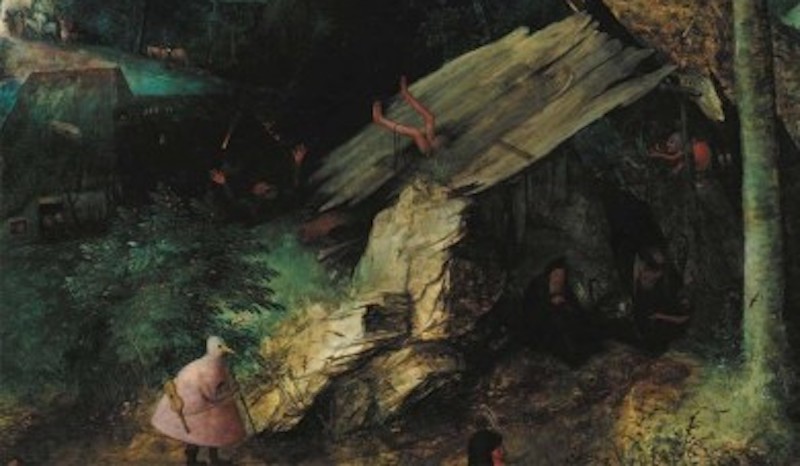“Realists do not fear the results of their study.” —Dostoevsky
Maybe I was a twenty-something romantic haunting the East Side of Milwaukee. A draught stole past the cream city bricks, trespassed the strips of sackcloth patching the window. Once a sewage plant, the River Flushing Station now lent its Romanesque to coffee house souls staving off cabin fever. Outside, a lone man fished on Lake Michigan, a lighthouse of God on the mile-long pier. My friend and I choked down scalding coffee to combat the city’s enduring chill. I was sputtering enthusiasm beyond the caffeine (a confiteor Catholic, I yet shall not spill whether the early morning coffee was Irish or plain), gesturing and pontificating with youth’s abandon. No, this is not a photographically realistic reproduction of what was said, but it gets the gist: “What we need is an aesthetic capable of being both contemplative and realistic at once—something gritty but also soulful and expansive—the kind of prose that makes you look and then look again like a lover who can never see enough of the beloved, awed at the created world after you put the book down and walk the beat street, facing it all, the down-and-out drunks and Christ’s own image.”
Login to read more
Sign in or create a free account to access Subscriber-only content.
Topics:
